Limited Electric Vehicle Options
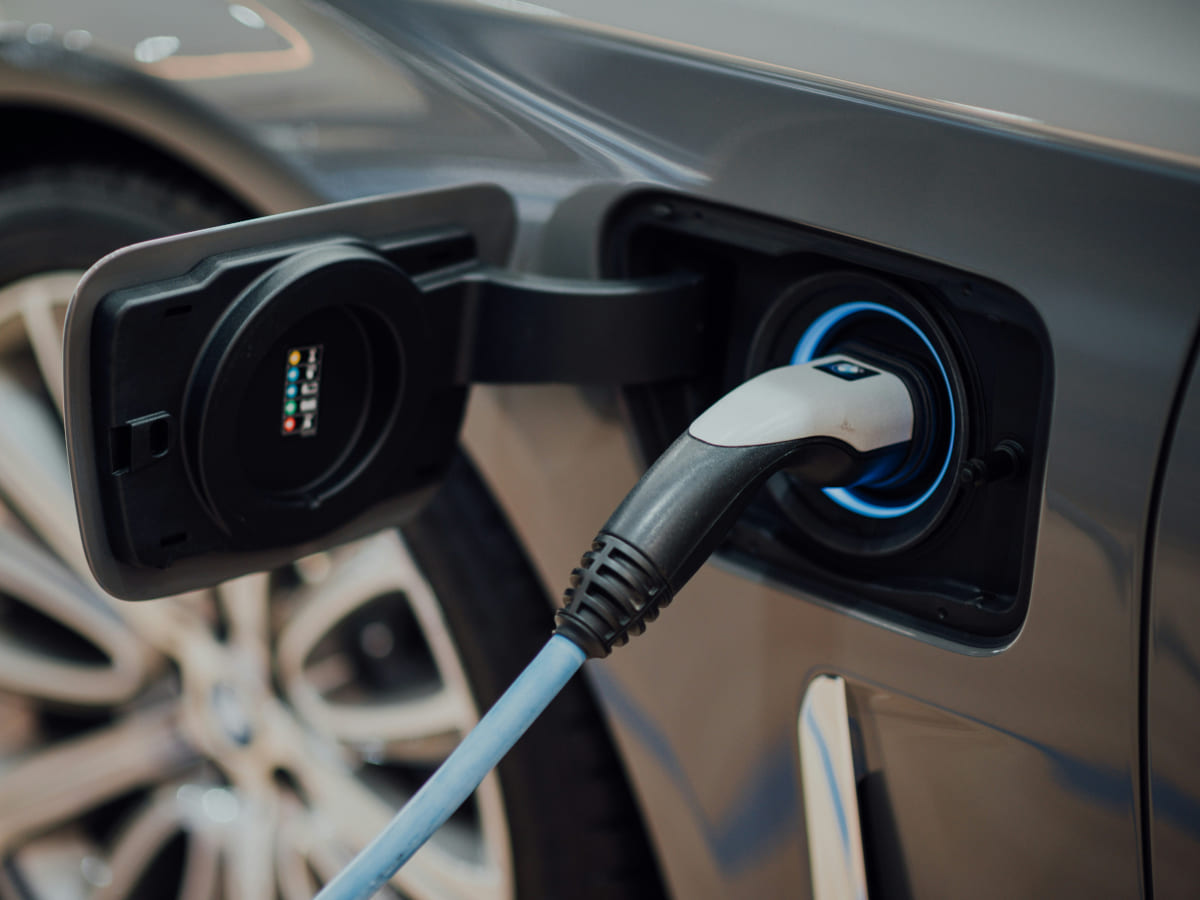
While Toyota has made strides in hybrid technology, the company has been slower to embrace fully electric vehicles compared to some of its competitors. This means that buyers looking for a wide selection of electric vehicle options may find Toyota's lineup lacking.
Currently, Toyota only offers one fully electric vehicle, the bZ4X. And as the automotive industry shifts towards electric power, Toyota risks falling behind if it doesn't expand its electric vehicle offerings.
Some Models Prioritize Practicality Over Performance

Toyota is known for building reliable, practical vehicles that prioritize function over form. While this approach has earned the company a loyal customer base, some buyers may find that certain Toyota models lack the driving excitement or engagement they desire.
For enthusiasts who prioritize a thrilling driving experience, Toyota's focus on practicality may be a drawback. However, it's worth noting that Toyota does offer some models, such as the Supra and the 86, that cater to driving enthusiasts. Ultimately, the importance of driving excitement versus practicality will depend on the individual buyer's preferences and needs.
Bland Designs

Toyota's design philosophy has often been described as conservative, with some buyers finding the company's vehicles to be bland or uninspired.
While this approach has helped Toyota build brand identity, it may not appeal to buyers who are looking for more daring or eye-catching designs. In recent years, Toyota models like the Camry and RAV4 models have looked the same for the past decade.
Higher Prices on the Used Market

Toyota's well-established reputation for reliability and longevity can sometimes lead to higher prices on the used market compared to similar vehicles from other brands.
Toyota’s low depreciation means that buyers who are looking for a used Toyota may end up paying more than they would for another brand, as Toyota’s vehicles tend to hold their value well over time. However, the higher resale value of Toyotas can be an advantage for buyers who plan to sell or trade in their vehicle in the future.
High Priced Prices Trim Levels
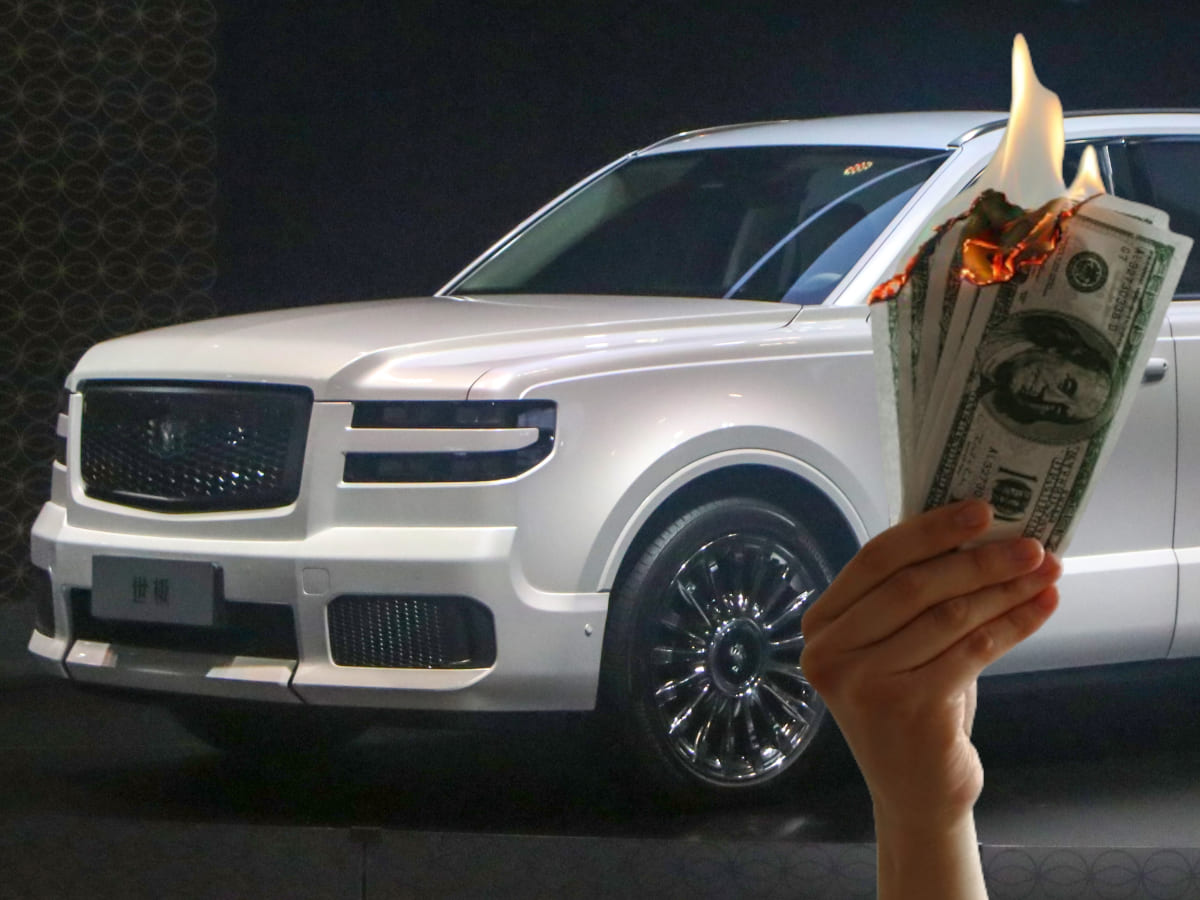
While Toyota is often associated with affordability and value, the prices for top-trim models can sometimes reach luxury car levels. This means that buyers who are interested in a fully loaded Toyota may find themselves paying a premium price that rivals some luxury brands.
For example, a top-of-the-line Toyota Crown or Toyota 4Runner can easily exceed $50,000, which may be difficult to justify for some buyers. Ultimately, if you want a top-of-the-line Toyota, you’ll be paying a price that rivals numerous luxury brands.
(Image via Unsplash; Nissangeniss, CC BY-SA 4.0, via Wikimedia Commons)
Slower to Adopt New Technology

In some cases, Toyota has been slower to adopt certain new technologies compared to other automakers. This can be seen in areas such as infotainment systems, advanced driver assistance features, and electric powertrains.
While Toyota's approach may be more cautious, it can mean that buyers who are looking for the latest and greatest tech features may find the company's offerings to be lacking. Buyers will need to decide whether they prioritize cutting-edge technology or tried-and-true reliability.
Dated Toyota Infotainment Systems

Many Toyota models have been criticized for having dated or unintuitive infotainment systems. These systems can be harder to use, with clunky interfaces and limited functionality compared to more modern offerings from competitors.
This can be frustrating for buyers looking for connectivity and user-friendly technology in their vehicles. While it may not deter them from buying the car, a clunky infotainment system may rarely be used.
Fewer Premium Interior Materials than Competitors

While Toyota is known for building high-quality vehicles, some models may have less-than-premium interior materials compared to competitors in the same class. This can be particularly noticeable in lower-trim models, where hard plastics and less-refined finishes may be more prevalent.
For buyers who prioritize a lavish cabin, this may be a drawback. While higher-trim Toyotas often feature more premium materials and finishes, you’ll also be paying a hefty price for them.
Fuel Pump Failures

In recent years, Toyota has faced issues with fuel pump failures in certain models. This problem has led to recalls and concerns about reliability, which is unusual for a brand that is known for its dependability. Fuel pump failures can cause engines to stall or hesitate, which can be a safety risk in certain driving situations.
While Toyota has taken steps to address this issue and has issued recalls to fix affected vehicles, the problem may give some buyers pause when considering a Toyota purchase. It's important for potential buyers to research whether their desired model has been affected by the fuel pump issue and to ensure that any necessary repairs have been made.
Less Horsepower than Rivals
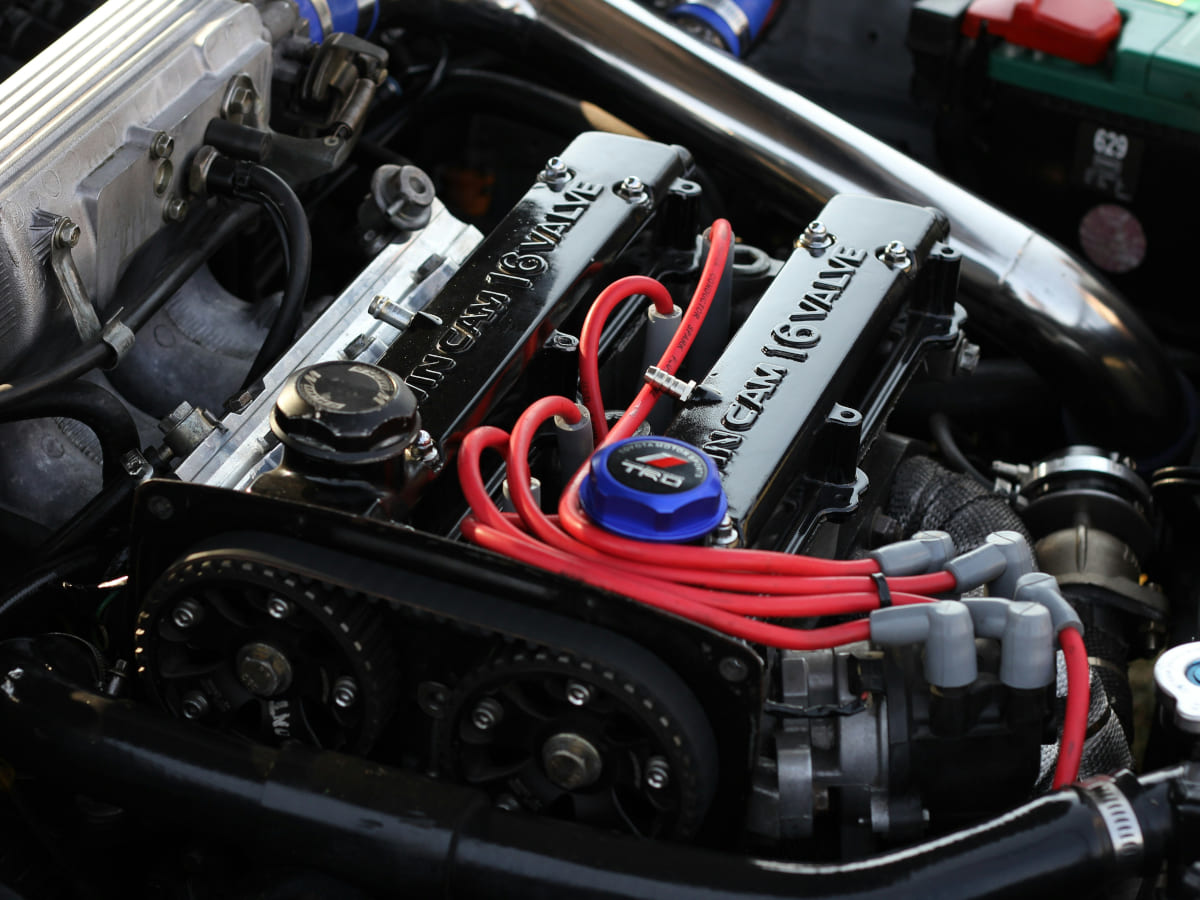
Toyota models may have less horsepower than rival offerings in the same class. This can be a drawback for buyers who prioritize performance and acceleration. While Toyota's engines are generally known for their reliability and efficiency, they may not always be the most powerful options on the market.
This can be particularly noticeable in segments where horsepower and torque are key selling points, such as sports cars or large SUVs.
Inferior Driving Dynamics

Some Toyota vehicles, particularly those focused on comfort and practicality, may not have as tight or precise handling as sportier alternatives in the same class. Toyota's suspension tuning and steering setups may be geared more towards comfort and stability than outright agility, which can result in a less-engaging driving experience.
Some models, such as the 86 and the Supra, are designed with handling and performance in mind but these are not practical options for most drivers.
Lower Fuel Economy Ratings
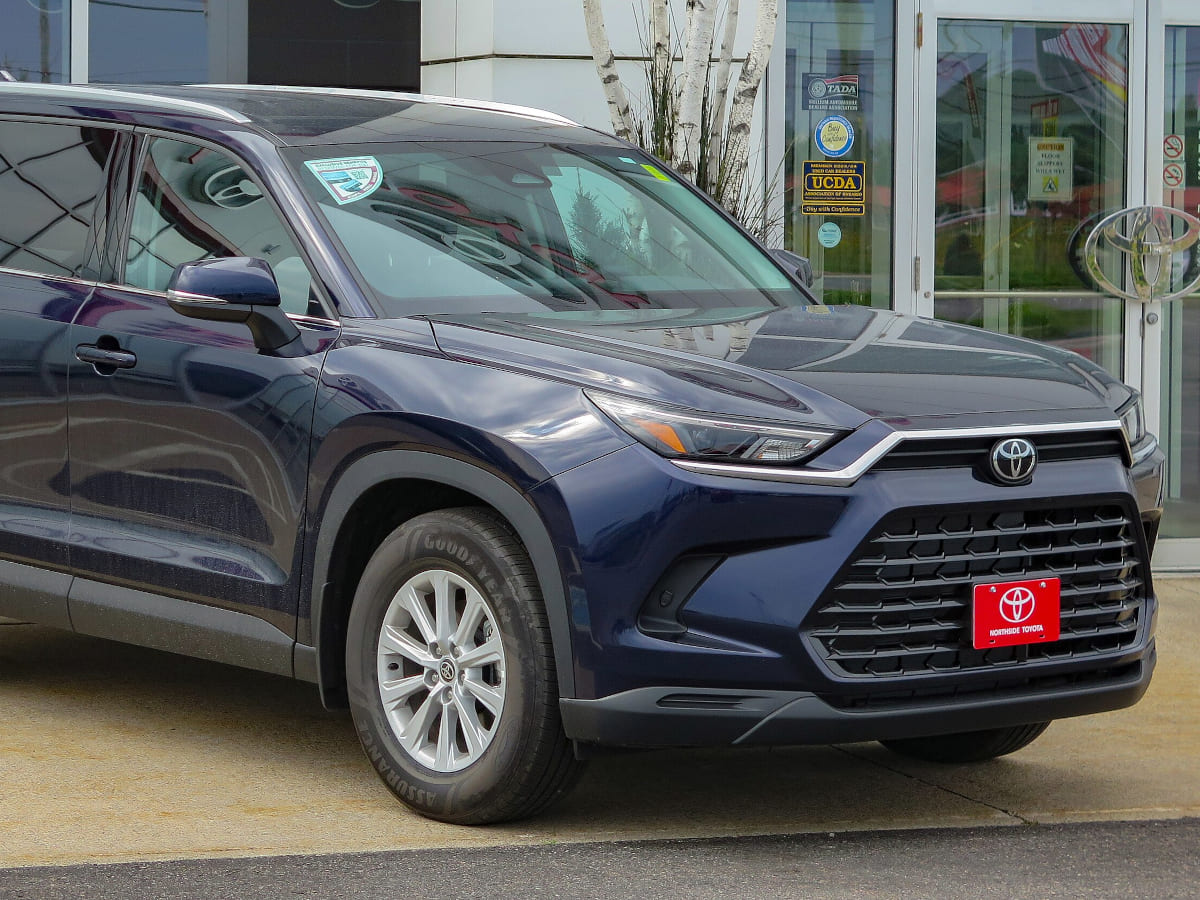
Certain Toyota vehicles, particularly theirtrucks and SUVs, may have lower fuel economy ratings compared to smaller or more efficient alternatives. For those concerned about fuel prices, this can be a drawback.
While Toyota has made efforts to improve the efficiency of its larger vehicles in recent years, some models still lag behind competitors in terms of fuel economy.
Toyota's Popularity Makes Them a Common Sight on the Road

If you are looking to make a statement, and stand out from the crowd, you won’t do that in a Toyota. Toyota's popularity means some of its models are very common on roads.
Seeing many similar Toyotas on the road can make the ownership experience feel less special or unique. On the plus side, Toyota's popularity can be an advantage in terms of parts availability and service options, as it may be easier to find mechanics or aftermarket support for a widely-owned vehicle.
Less Rear-seat Legroom than Competitors
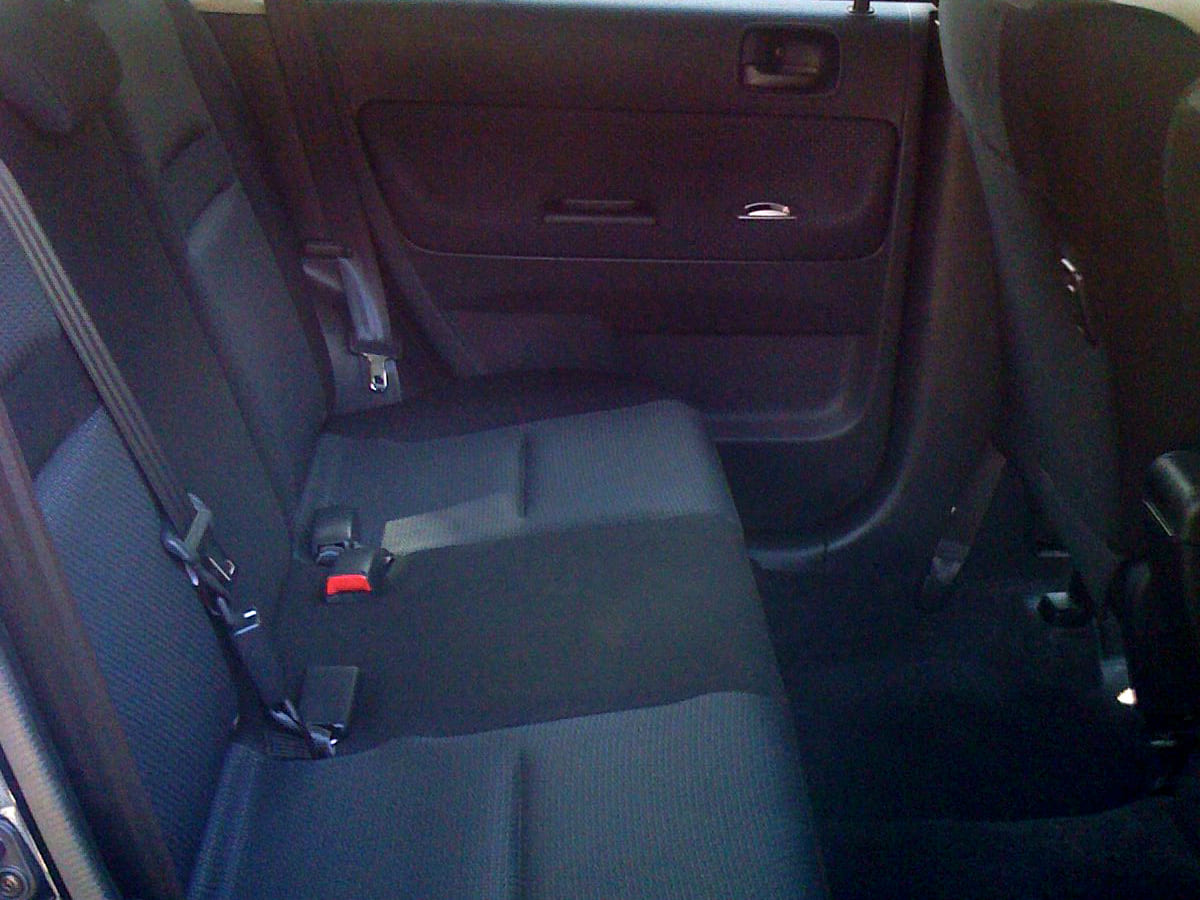
Toyotas aren’t always best options for carpooling. Some Toyota models, particularly in the compact and midsize segments, may have less rear-seat legroom than competitors in the same class. If you frequently transport adult passengers or require ample space for child seats, you may find the back seats lacking.
While Toyota's vehicles are generally known for their practicality and interior space efficiency, some models may prioritize other factors, such as cargo capacity or overall compactness, over rear-seat legroom.
Some Models Feel Dated
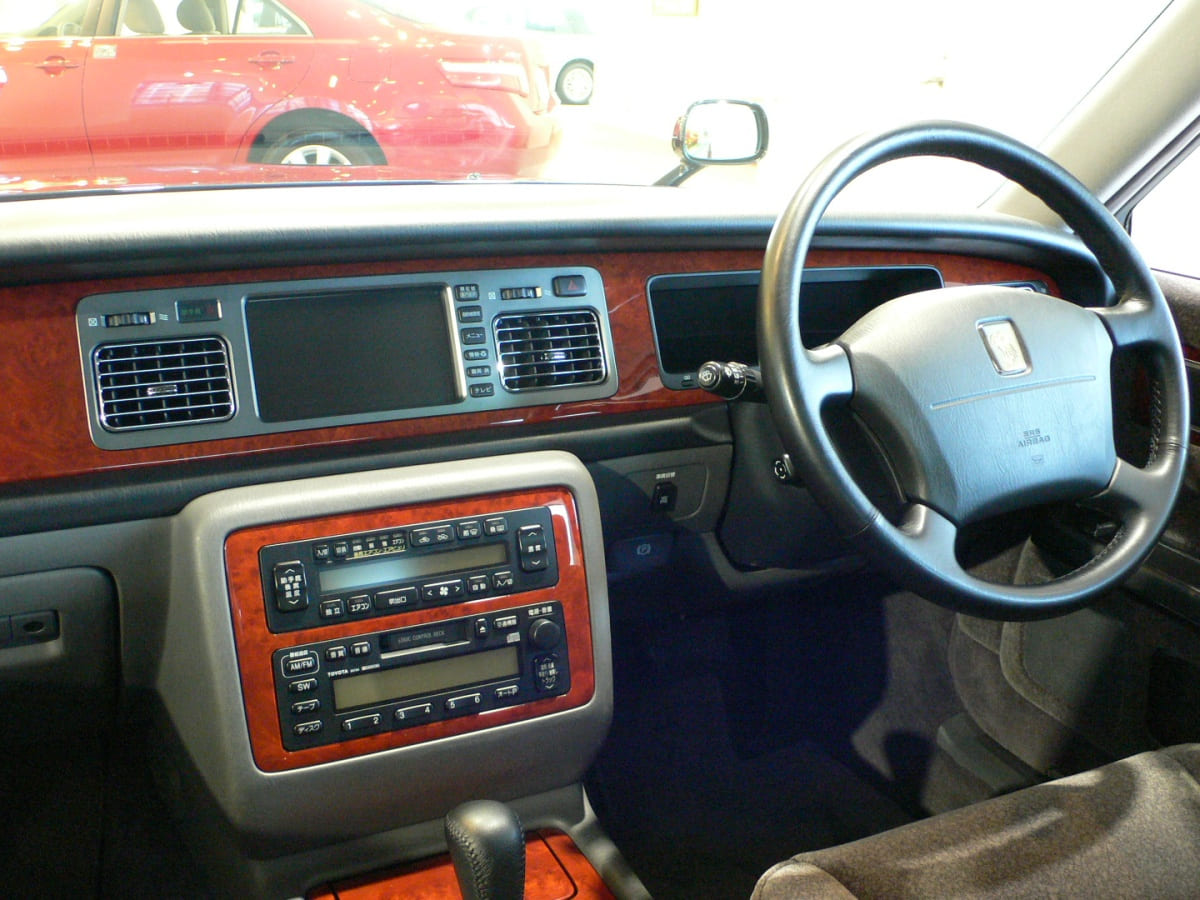
Toyota's approach to vehicle development often involves longer product cycles compared to some competitors. While this can contribute to the company's reputation for reliability and thorough testing, it can also mean that some models may feel dated or less advanced compared to fresher rivals.
This can be particularly noticeable in areas such as styling, technology features, and powertrain options. For buyers who prioritize having the latest and most up-to-date vehicles, Toyota's extended development cycles are certainly a downside.
Uninspired Paint Colors
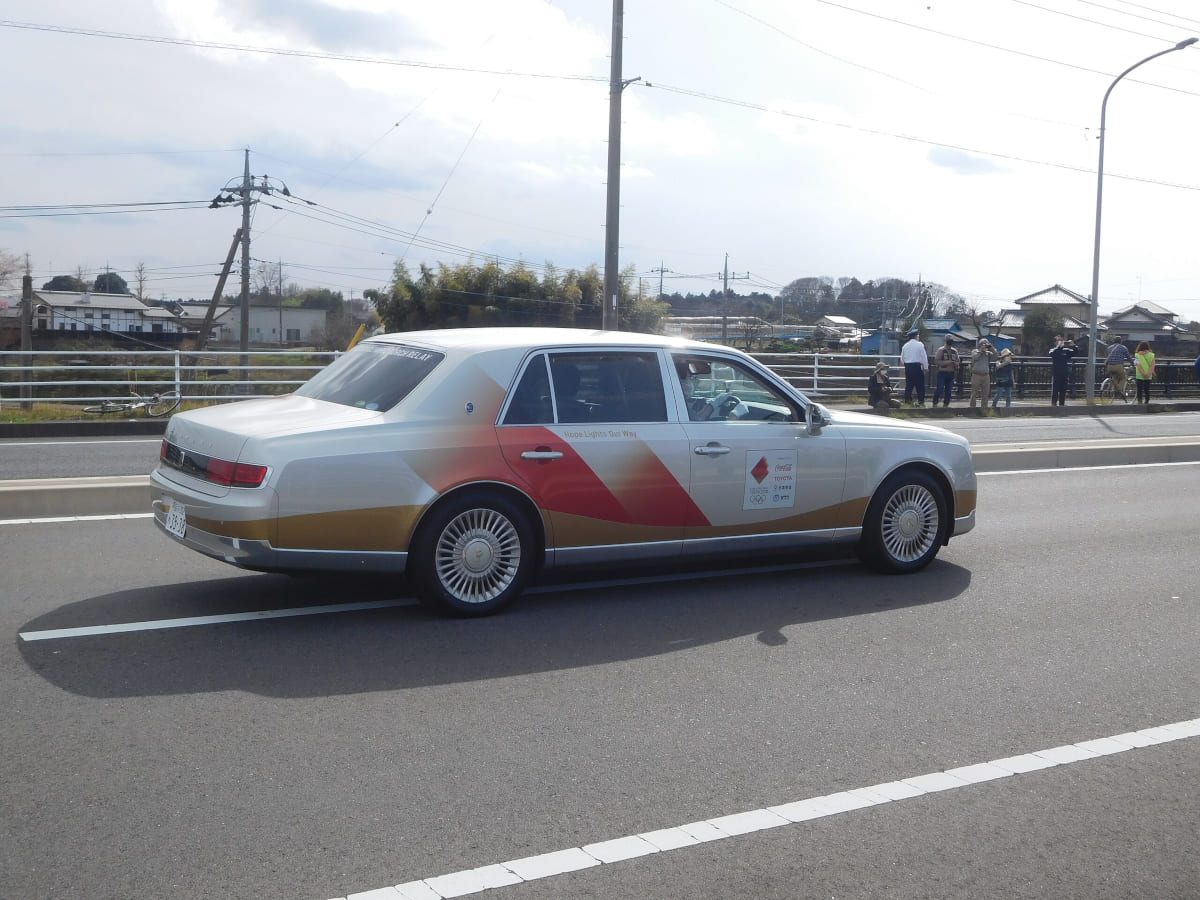
Many buyers may find certain paint colors and styling flourishes to be uninspired or lacking in creativity. This is most noticeable in lower-trim models or in more conservative segments, but it remains a problem for some higher-end options as well.
For buyers who crave a little customization and personalization in their vehicle, the lack of choice can be a deal-breaker. On top of that, the lack of color options doesn’t generate much excitement for the brand and its models either.
Fewer Compact and Sedan models are Available
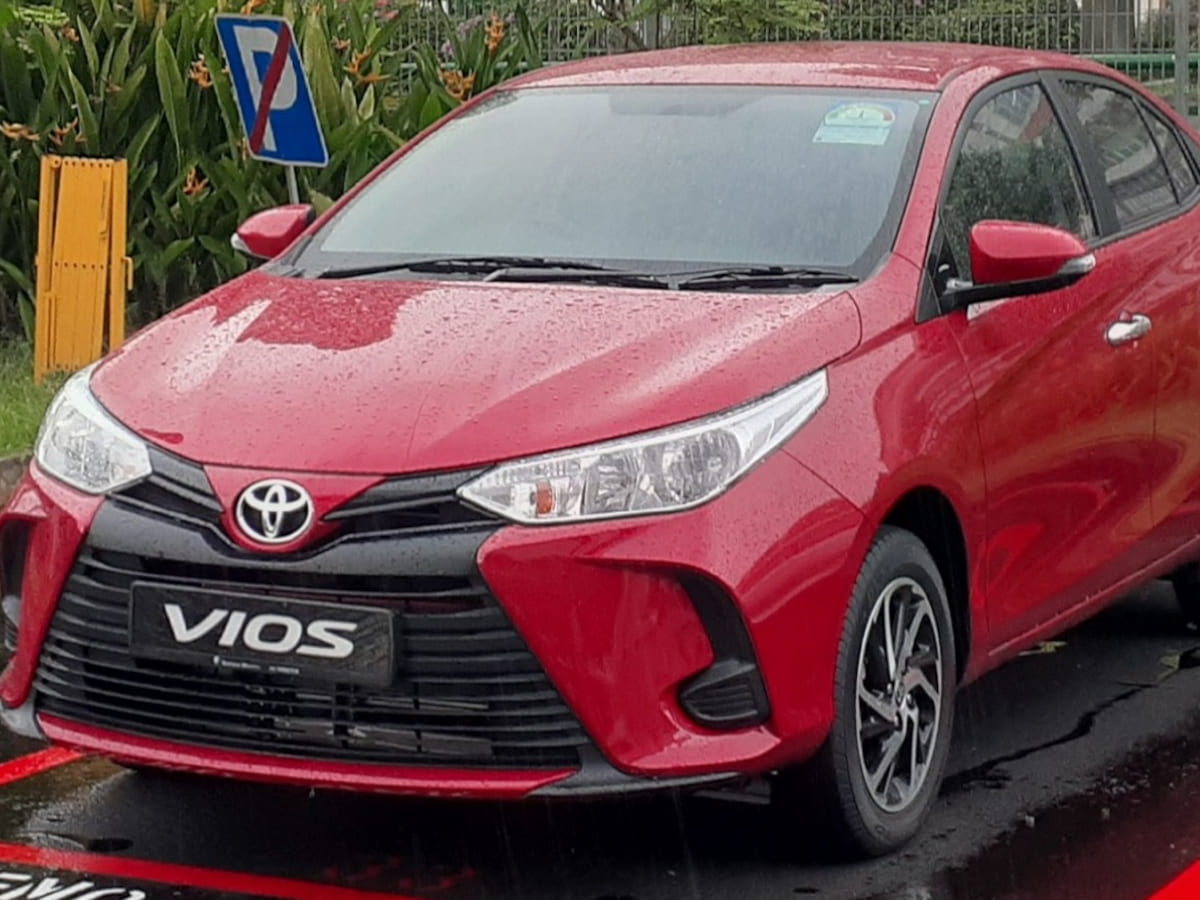
In recent years, Toyota has reduced the number of compact and sedan models in its lineup, following a broader industry trend towards crossovers and SUVs. This means that buyers who prefer compact cars may have fewer options to choose from.
The company has discontinued or scaled back some of its once-popular models, such as the Yaris and the Avalon, in favor of more crossover-style vehicles. While Toyota still offers some compelling compact and sedan options, such as the Corolla and the Camry, the overall selection has become a lot more limited.
Some Toyota Engines Lack Efficiency
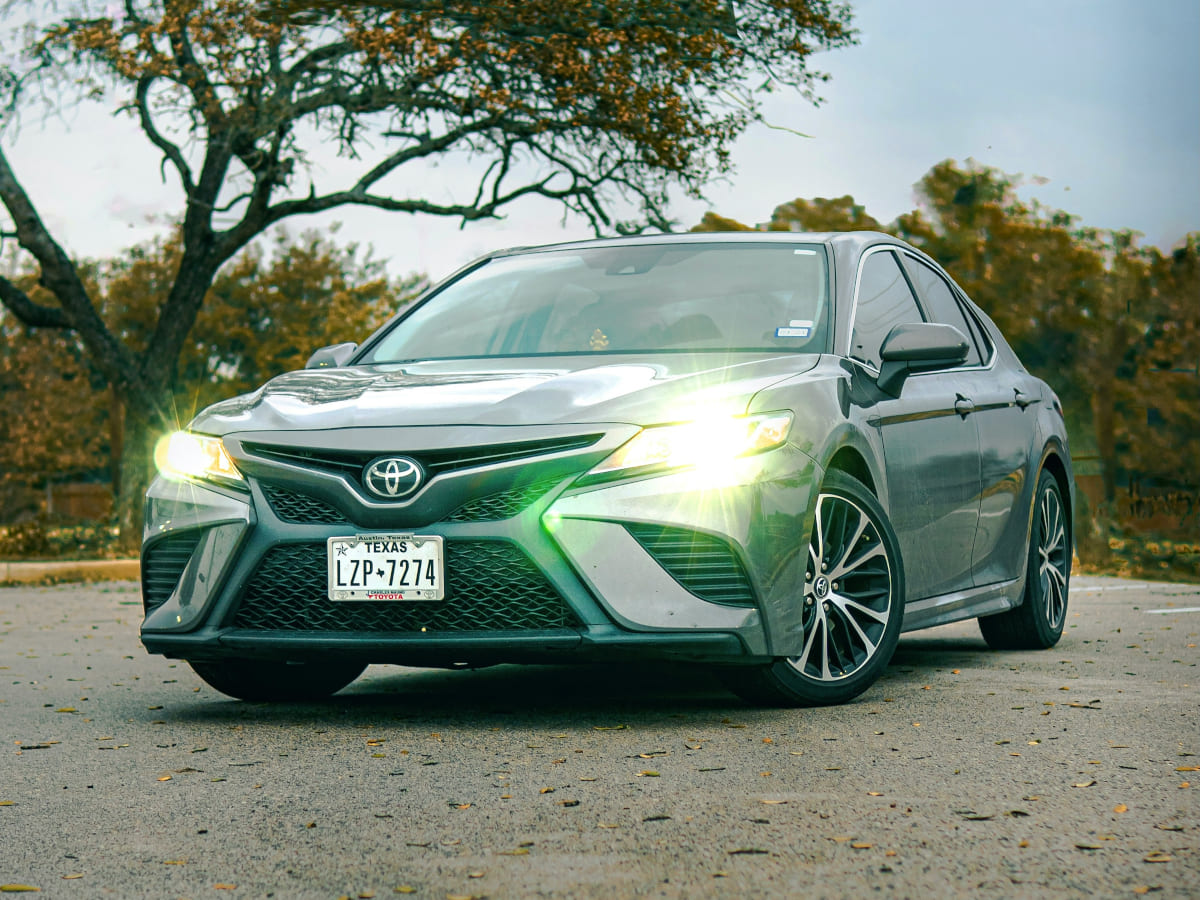
While Toyota engines are known for their reliability and durability, some may lack the latest efficiency or performance technologies found in competitors' offerings. This can be particularly noticeable in areas such as turbocharging, direct injection, or hybrid powertrains.
For buyers who prioritize cutting-edge engine tech or maximum efficiency, this may be a drawback. Buyers will need to weigh the importance of the latest engine technologies against Toyota's reputation for dependable, long-lasting powertrains.
Brakes Can Wear Out Quickly
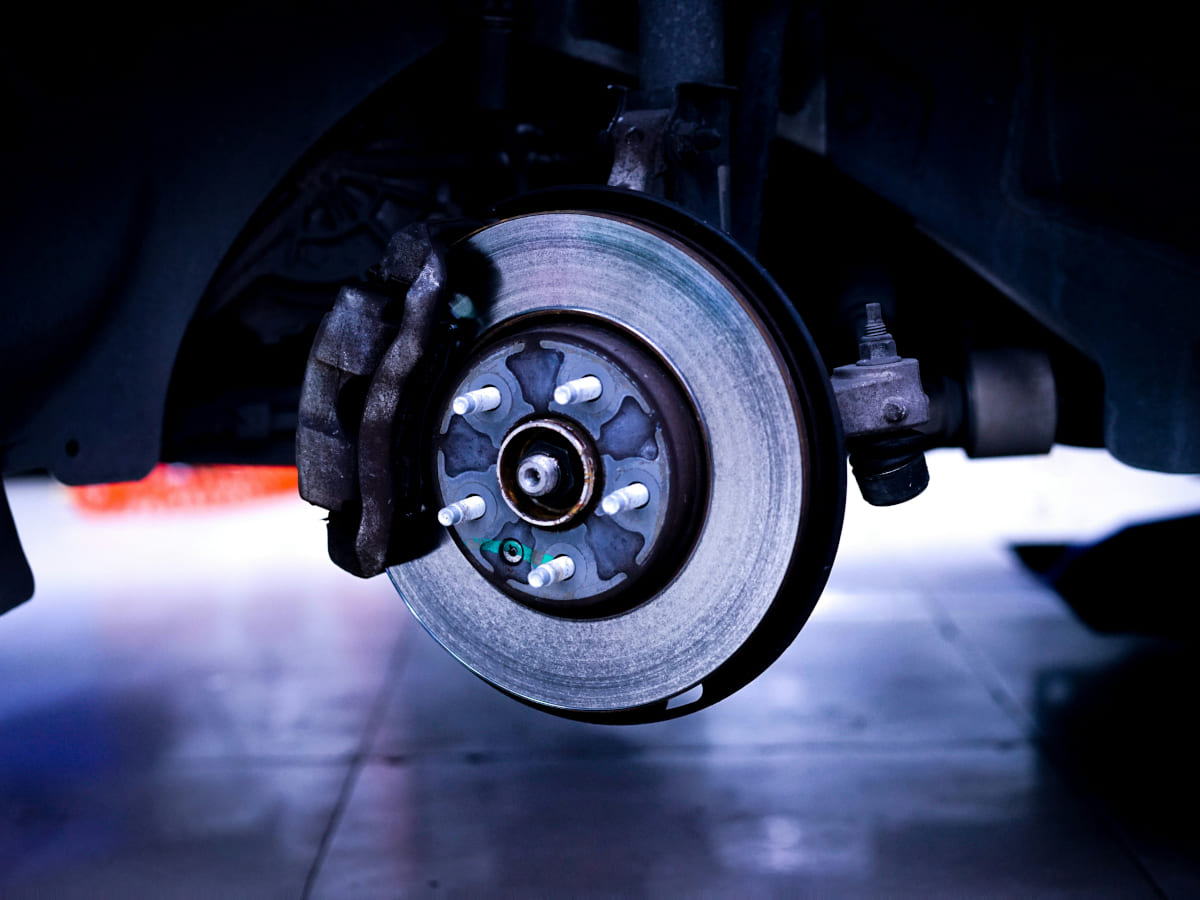
Some Toyota models, particularly those equipped with softer brake pads designed for quiet operation and low dust generation, may experience more rapid brake wear compared to competitors. This can lead to more frequent brake service intervals and higher maintenance costs over the life of the vehicle.
While brake wear can vary significantly depending on driving habits, environment, and other factors, many drivers have found that their brakes can start wearing significantly after the first 20,000 miles.
Lack of High-End Features

Many Toyota models do not offer certain high-end luxury features, unless you opt for their luxury brand, Lexus. This can include items such as massaging seats, air suspension, or advanced infotainment systems with larger screens or more intuitive interfaces.
Buyers looking for luxury amenities without paying top-dollar may want to look elsewhere. It make be especially important for drivers who need such amenities to feel more comfortable behind the wheel.
Limited Warranty Coverage Compared to Competitors
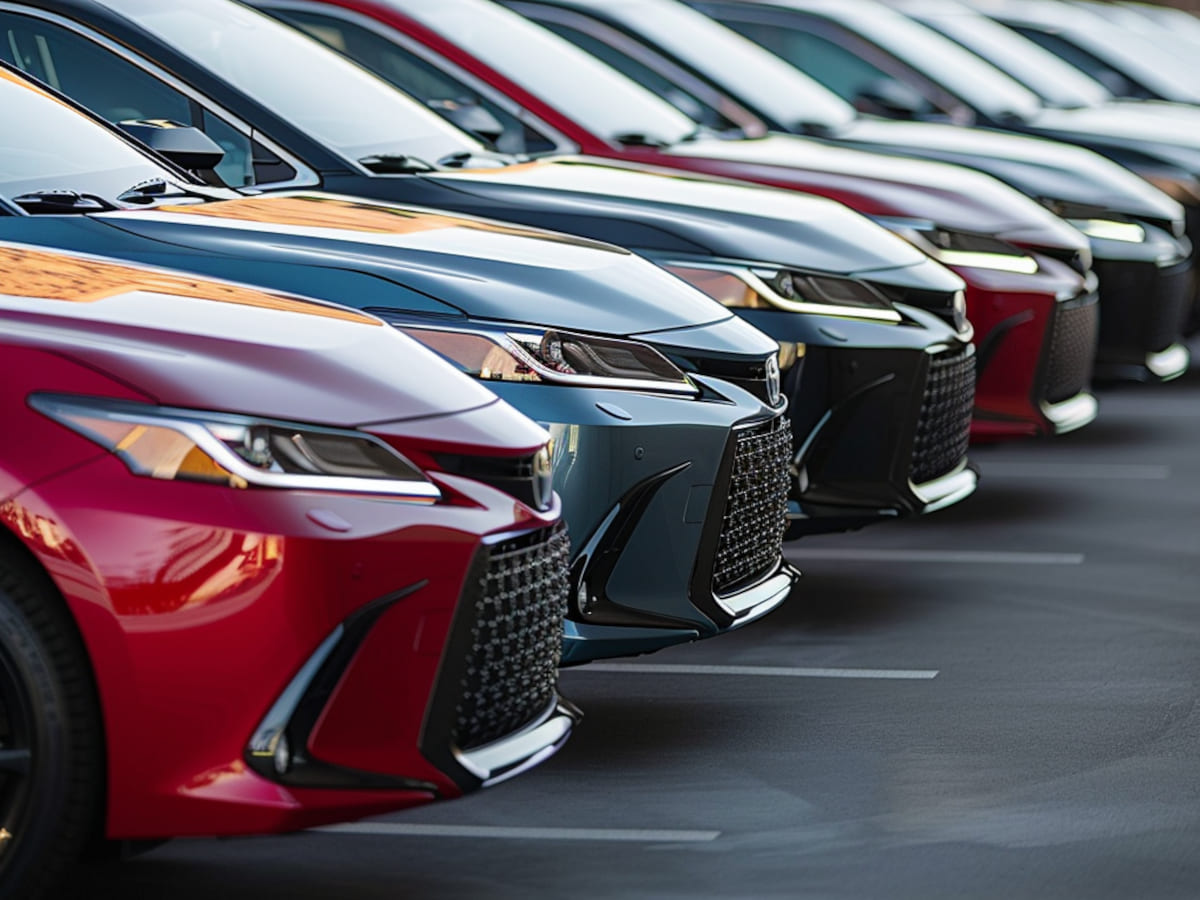
Toyota's standard warranty coverage, typically three years or 36,000 miles for the basic warranty and five years or 60,000 miles for the powertrain, which pales in comparison to competitors like Hyundai and Kia, which offer warranties lasting up to ten years or 100,000 miles.
Additionally, Toyota’s shorter warranty period might lead to higher out-of-pocket costs for repairs and maintenance sooner than expected. For buyers seeking long-term peace of mind and reduced financial risk, this could be a significant drawback.
Higher Cost of Maintenance and Repairs

While Toyotas are known for their reliability, when issues do arise, parts and labor can be more expensive than for some other brands. This is especially true for models with more advanced or specialized technology.
Routine maintenance, such as oil changes, brake replacements, and other services, can also add up over time, making the total cost of ownership higher. This factor can deter budget-conscious buyers or those looking for more cost-effective long-term ownership experiences.
Resale Value Can Be Lower Than Other Brands
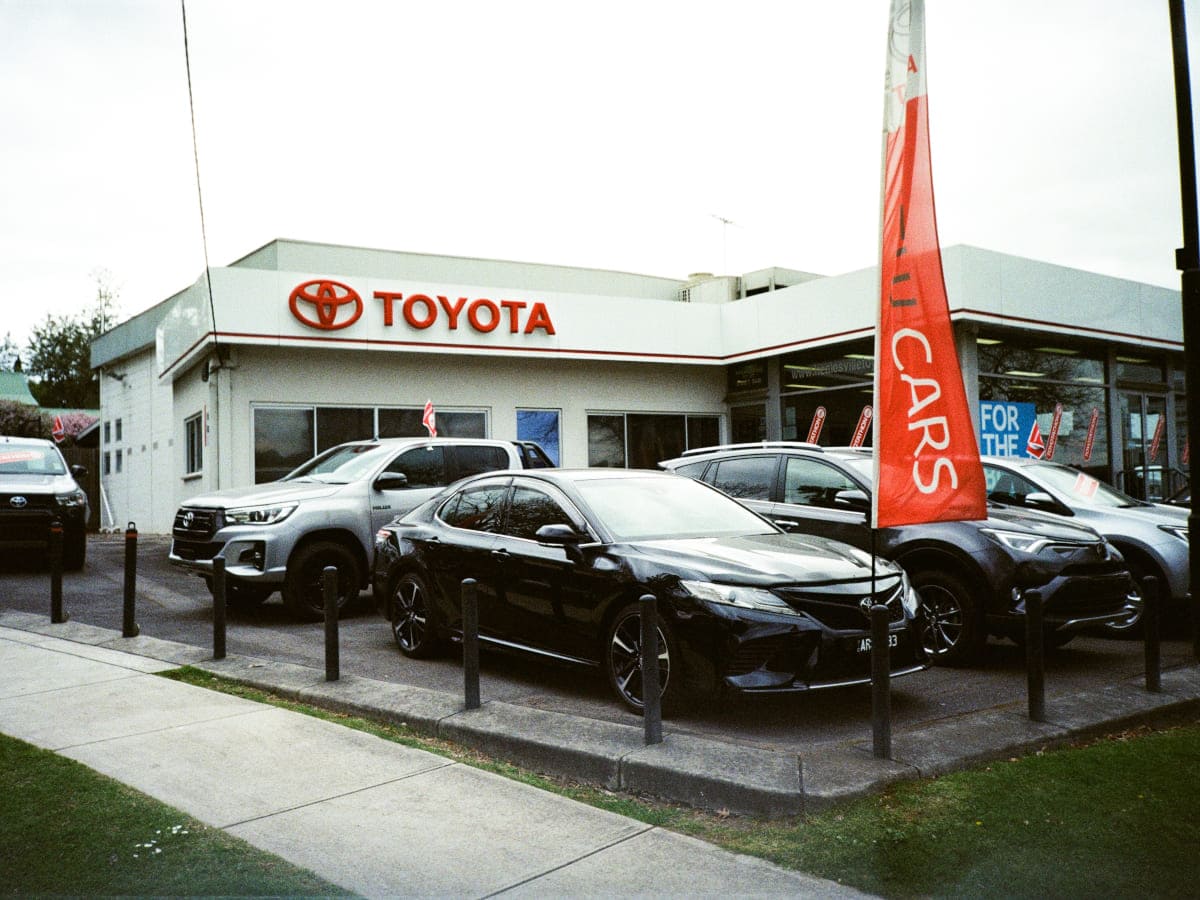
While Toyota generally has strong resale values, this isn't universal across all models. Some Toyota models depreciate faster than comparable vehicles from brands like Honda or Subaru. This can be attributed to market demand, perceived value, and the introduction of newer models.
For buyers concerned with maximizing their investment, the potential for a lower resale value is a key consideration. This could be particularly relevant for those who plan to sell or trade in their vehicle within a few years of purchase.
Limited Customization Options

Toyota often offers fewer customization options compared to other car manufacturers. This limitation can be seen in the range of available features, trims, and accessory packages.
Case in point: you can’t really personalize your vehicle to reflect your individual preferences and style.
Relatively Noisy Interiors, Especially at Highway Speeds

Toyota vehicles, particularly older models or lower trim levels, can have relatively noisy interiors, especially at highway speeds. This noise can come from the engine, road, or wind, and might detract from the overall driving experience. Meanwhile, competing brands often prioritize sound insulation and cabin quietness more effectively.
For those who frequently drive on highways or value a quieter, more serene cabin environment, this aspect can be a significant disadvantage, leading to potential discomfort, particularly among nervous drivers.
Lack of Innovative Safety Features in Base Models

Base model Toyotas often lack some of the more innovative safety features that are increasingly standard in competitors' vehicles.
While Toyota includes essential safety technologies, such as the Toyota Safety Sense suite, more advanced features like adaptive headlights, 360-degree cameras, or more sophisticated driver assistance systems might only be available in higher trims or as optional extras.
Toyota's Reliability Reputation May Lead to Overpricing

Toyota’s strong reputation for reliability can sometimes lead to higher pricing, both in initial purchase and in the used car market. The perceived durability and low maintenance costs often leads to consumers willing to pay a premium.
However, this reputation leads to overpricing, where the cost does not proportionately reflect the value offered. For buyers looking for the best value for their money, the premium attached to Toyota’s reliability reputation might be seen as unjustified, particularly when similar reliability can be found in more affordably priced alternatives.
Conservative Styling Across Most Models

Toyota's design philosophy tends to be more conservative, which can be a turn-off for buyers looking for bold, stylish, or unique aesthetics. While this conservative styling appeals to a broad audience and ensures a timeless look, it may not satisfy those who prioritize modern or sporty designs.
Competitors often offer more visually striking and contemporary models, attracting a different segment of the market. This can make Toyota less appealing to younger buyers or those looking to make a statement with their vehicle's appearance.
Some Models Lack Advanced Driver Assistance Features

In certain Toyota models, advanced driver assistance features are either limited or only available in higher trims. These features, such as lane-keeping assist, adaptive cruise control, and autonomous emergency braking, are becoming increasingly important to consumers for their added convenience and safety.
The lack of these features in base or mid-level trims can be a disadvantage for Toyota, especially when competitors include them as standard. This gap can influence buying decisions, particularly for those who view advanced driver assistance systems as essential.
Limited Availability of All-Wheel Drive in Certain Models

While Toyota offers all-wheel drive (AWD) in many of its models, it is not as widely available among their sportier options. This can be a critical factor for those prioritizing traction and stability in extreme conditions.
For buyers living in regions with harsh weather conditions or those who enjoy off-road adventures, the limited availability of AWD can be a deal-breaker.
Limited Options for Performance-oriented Trims

Toyota's lineup is often criticized for its limited options when it comes to performance-oriented trims. While the brand has models like the Supra and the GR series, these are exceptions rather than the rule. Many of Toyota’s mainstream models lack the high-performance variants offered by competitors, which cater to driving enthusiasts.
This can deter buyers seeking a more exhilarating driving experience. The absence of sporty, high-performance trims in popular models like the Camry or Corolla limits Toyota’s appeal to this segment of the market.
Interior Design Lacks Modern Aesthetics in Some Models
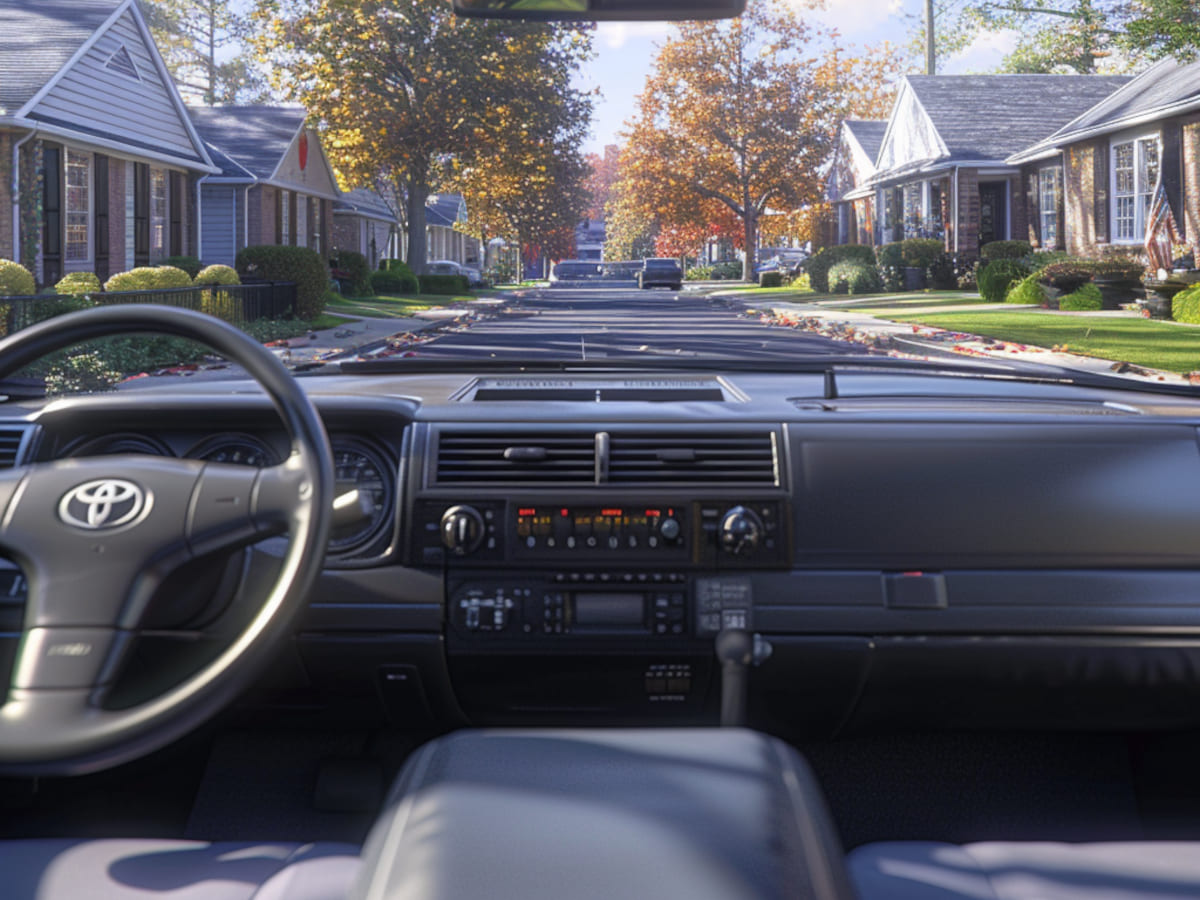
The interior design of some Toyota models can appear dated and lack the modern look of most competitor brands. While functional and well-built, the design elements and materials used may not reflect the latest innovations in the industry.
For buyers who place a high value on a stylish and contemporary cabin, this can be a significant drawback. Competitors often offer more visually appealing interiors with advanced technology integration, making Toyota's offerings seem less competitive in this aspect.
Limited Range of Engine Choices in Some Segments

Toyota offers only a limited range of engine choices, which can alienate buyers looking for specific performance or efficiency characteristics. For example, while some competitors provide multiple engine options, including hybrids, diesels, and high-performance variants, Toyota’s offerings can be more restricted.
This limitation can be a disadvantage for consumers seeking a balance between power, fuel efficiency, and environmental impact. The lack of diverse engine options may lead potential buyers to consider other brands that better meet their specific needs and preferences.
Higher Ownership Costs Over Time
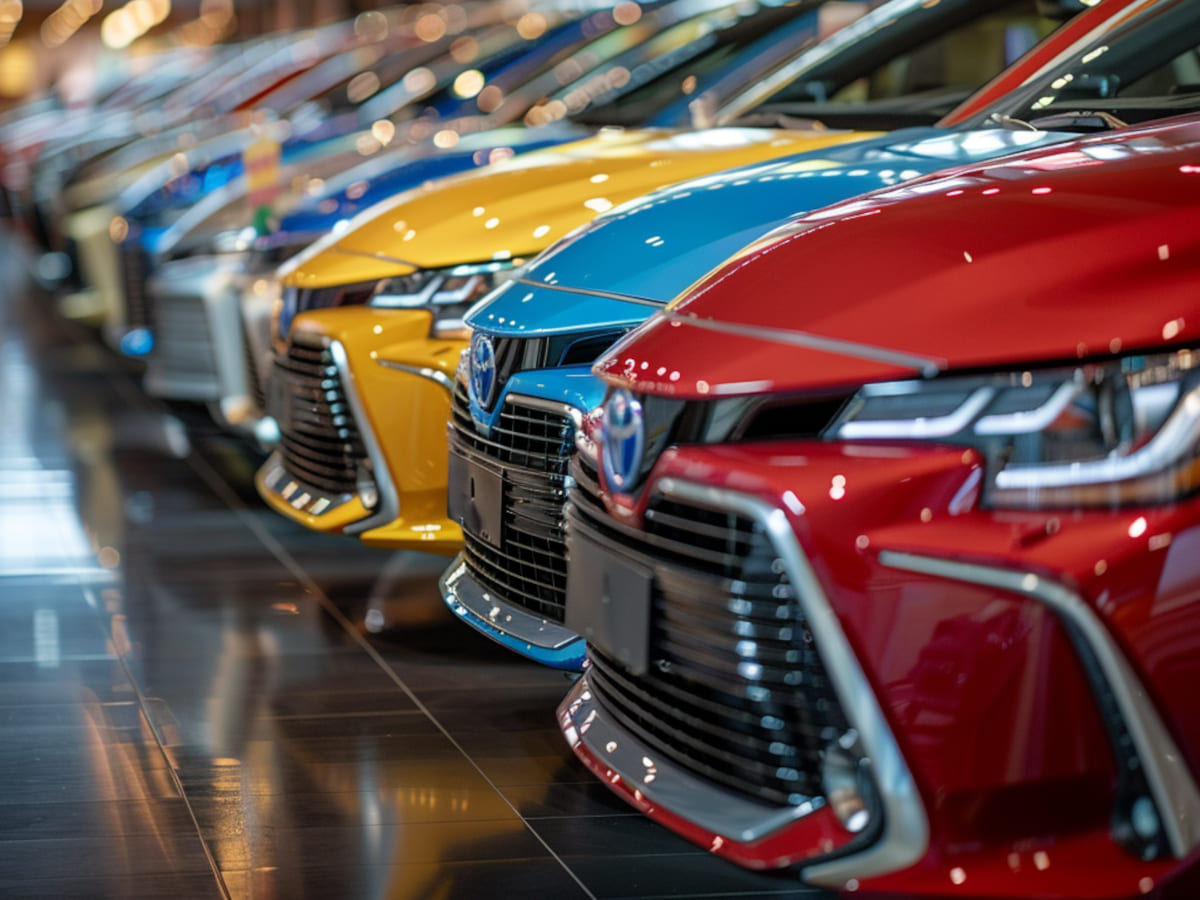
Although Toyota may offer some longevity, the overall ownership costs over time can be higher compared to some competitors. Factors contributing to this include higher maintenance and repair costs, as well as potentially higher insurance premiums due to the brand’s perceived value.
Additionally, while Toyota vehicles hold their value well, this doesn’t always translate to lower costs when factoring in long-term expenses. For cost-conscious buyers, these higher ownership costs can be a deterrent, leading them to consider brands with lower total cost of ownership.
Slower Acceleration in Many Models
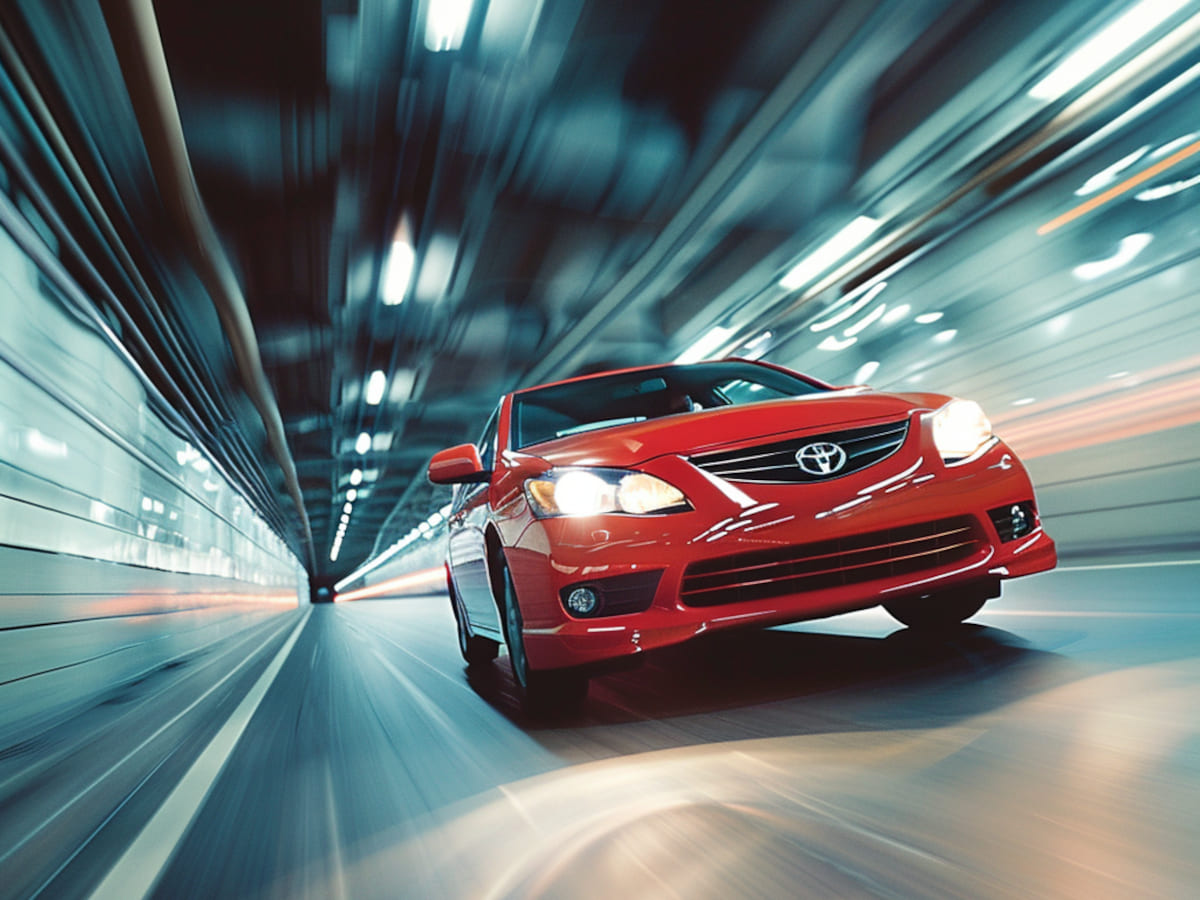
Many Toyota models are designed with efficiency and reliability in mind, often resulting in slower acceleration compared to competitors. For drivers who prioritize performance and a more dynamic driving experience, this can be a significant downside.
This slower acceleration can be particularly noticeable in entry-level models and some hybrids, where fuel economy is prioritized over speed. This performance gap can influence buyers seeking more responsive and spirited driving dynamics, leading them to explore other brands that offer quicker acceleration and more powerful engine options.
 Author
James Stephens
Last Updated: November 01, 2025
Author
James Stephens
Last Updated: November 01, 2025